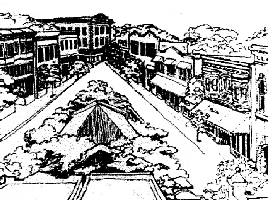

By 1902, downtown Point Richmond was acquiring the necessary amenities -- a fine bank building, opposite the Critchett Hotel at 201 Washington (now "Sherry and Bob's") clothing stores, grocery stores, a funeral parlor, a livery stable. a drug store -- with new businesses opening in rapid succession. Private residences began dotting the hillsides, and Point Richmond took on the appearance of a settled community. A large Opera House served as a center for everything from church services to medicine shows to legitimate opera. Bordellos, though still numerous, were concentrated on Railroad Avenue, and saloons dotted the downtown landscape. Some took on fanciful or sophisticated names, as "The Louvre", "The Eagle's Nest", and "The Gilt Edge Saloon". Established church buildings and reform movements were a few years away.

Point Richmond in 1913
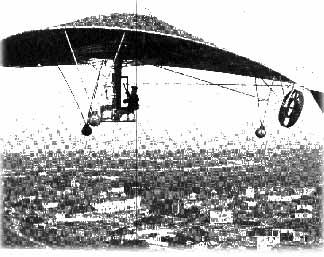
Bott's flying machine, superimposed over Point Richmond

Looking up Washington Avenue
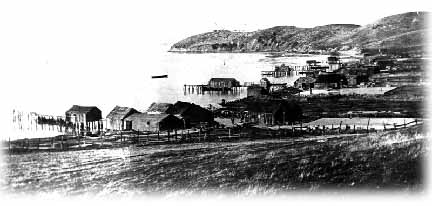
Chinese Shrimp Camp, 1904
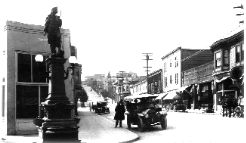
First Indian Statue
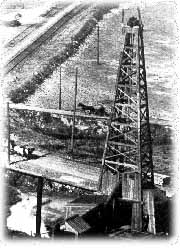
Nicholl's Well
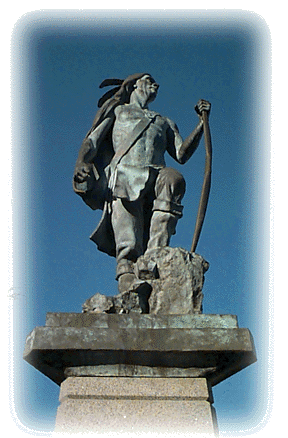
The author, Donna Roselius founded the Point Richmond History Association in 1982. She now lives in Oregon and was kind enough to update this history for us...we are grateful.